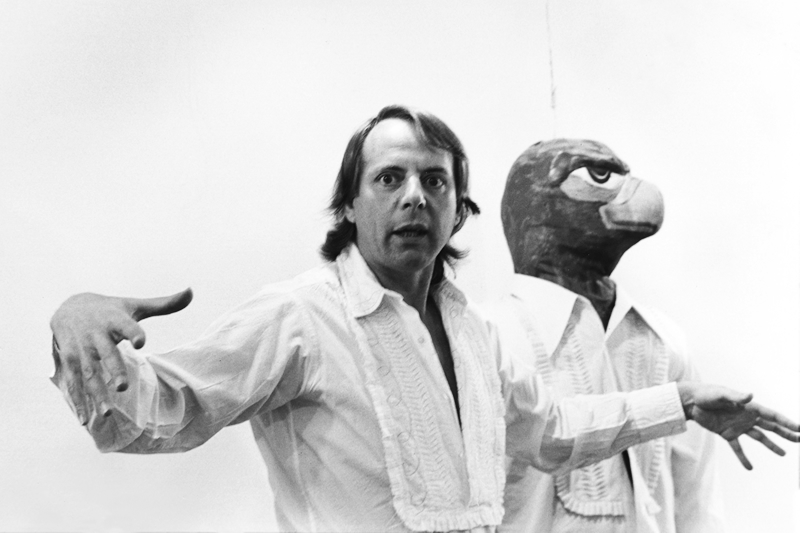
Instrumentation Works for Orchestra
Stockhausen Complete Edition on CD
Since 1991, a complete edition of all recordings in which Karlheinz Stockhausen has personally participated is being released on compact discs. Each CD in this series is identified by Stockhausen's signature followed by an encircled number. The numbers indicate the general historical order of the works.
Stockhausen realised the electronic music and participated in these recordings as conductor, performer, sound projectionist, and musical director. He personally mixed down the recordings, mastered them for CDs, wrote the texts and drew the covers.
- The compact discs may be obtained from the Stockhausen-Verlag: Kettenberg 15, 51515 Kuerten, Germany (www.stockhausenCDs.com).
Karlheinz Stockhausen
Instrumentation Works for Orchestra
STOP Paris Version
Instruments
| GROUP | VI | Flute, Alto Flute | Fl |
| 1st Viola | Vla 1 | ||
| Horn | Hn | ||
| V | Clarinet in E-flat, A | Cl | |
| Violin | Vl | ||
| Trombone (tenor-bass) | Tbne | ||
| IV | Basset Horn | Bshn | |
| 2nd Viola | Vla 2 | ||
| Bassoon | Bssn | ||
| III | Vibraphone | Vb | |
| Bass Clarinet | Bcl | ||
| 1st Violoncello | Vc 1 | ||
| II | Elektronium | El | |
| Trumpet | Tp | ||
| 2nd Violoncello | Vc 2 | ||
| I | Oboe | Ob | |
| Piano | Piano | ||
| Tuba | Tba |
The première of this instrumentation, with the inserted soli and transitions, took place on 2 June 1969 in the Théâtre National Populaire, Palais de Chaillot, Salle Gémier, Diego Masson conducting. It is therefore called the PARIS VERSION.
Special performance material for the PARIS VERSION is available from Universal Edition.
The figures over the transition bars mean beats. See, for example, the bar with 8 beats between and : 2 and 3:
| 1st beat: | Group VI stops |
| 2nd beat: | Group V stops |
| 3rd beat: | Horn (Group VI) enters |
| 4th beat: | Group IV stops |
| 5th beat: | Group III stops |
| 6th beat: | 1st Viola (Group VI) enters |
| 7th beat: | Group II stops |
| 8th beat: | Group I stops, Flute (Group VI) entering simultaneously. |
Although the beats are written equidistant from one another, they must on no account be equal in duration. The duration of each beat can be different, and the conductor can use his own aural judgement in fixing the changes of tone colour.